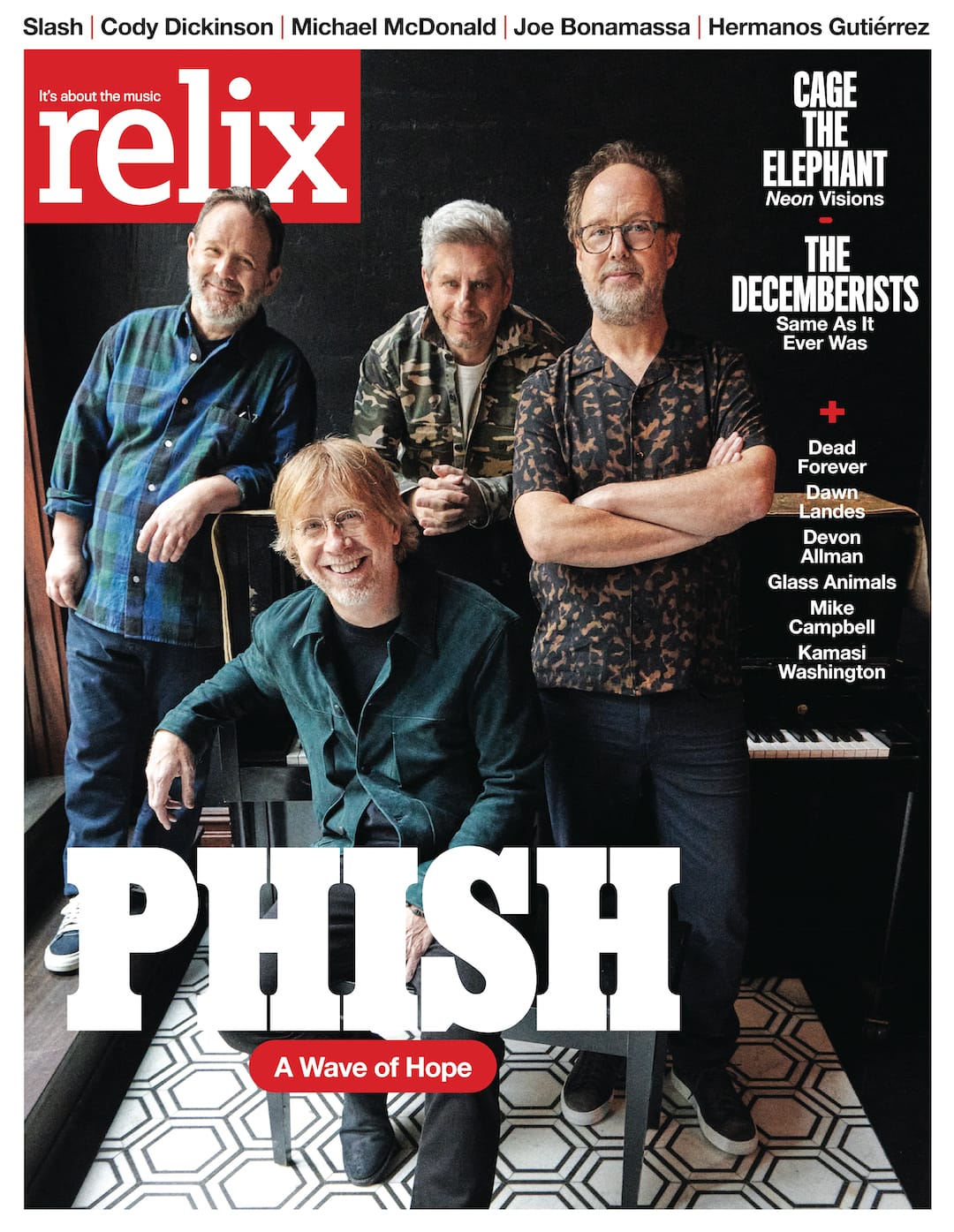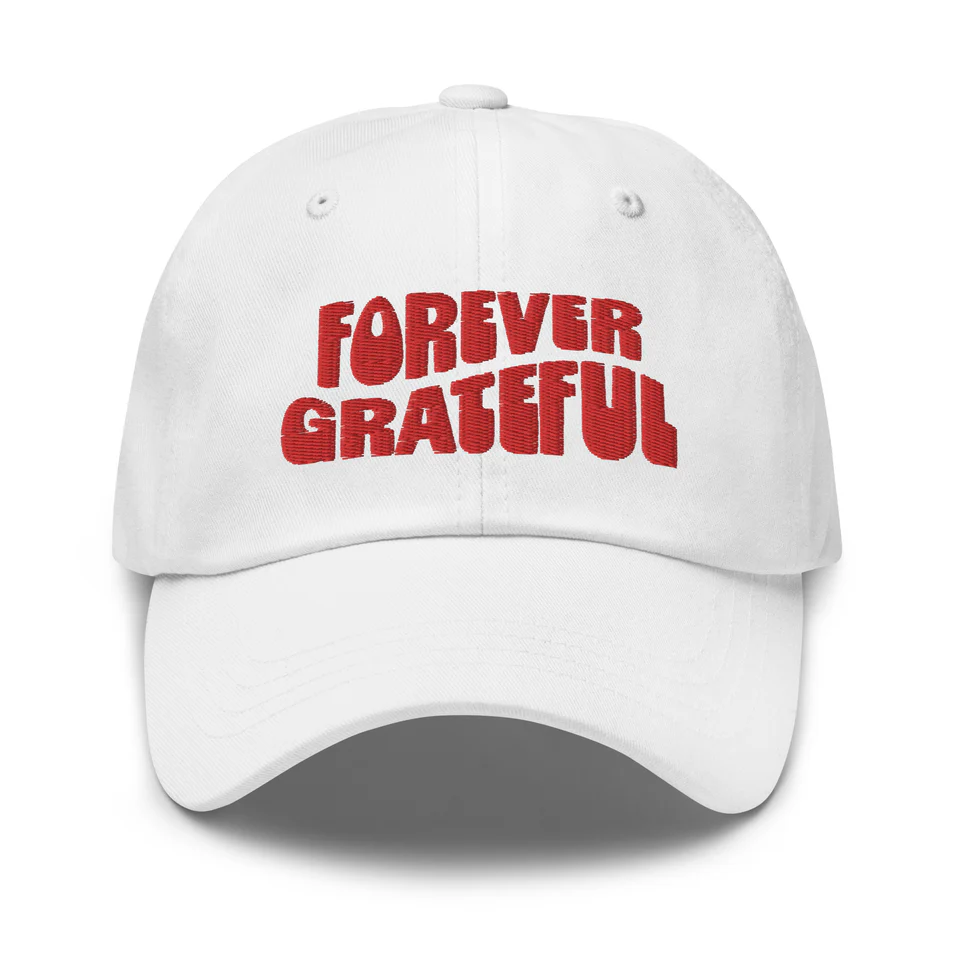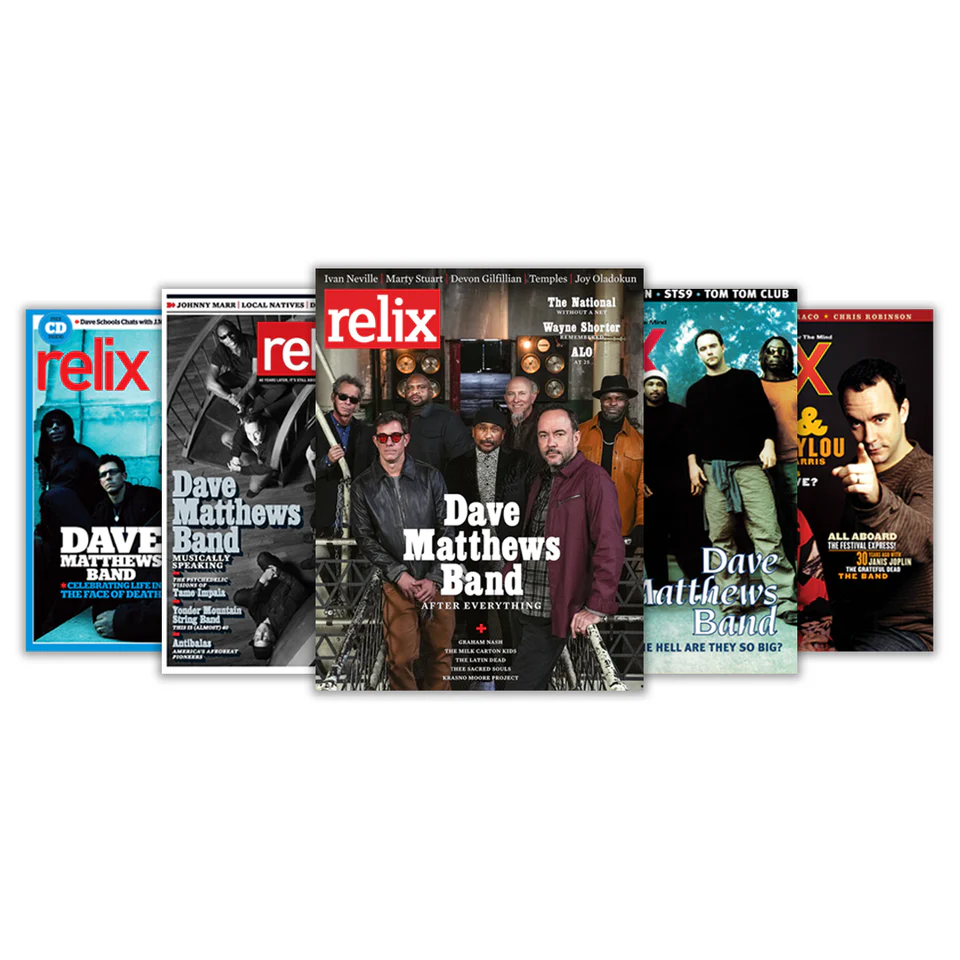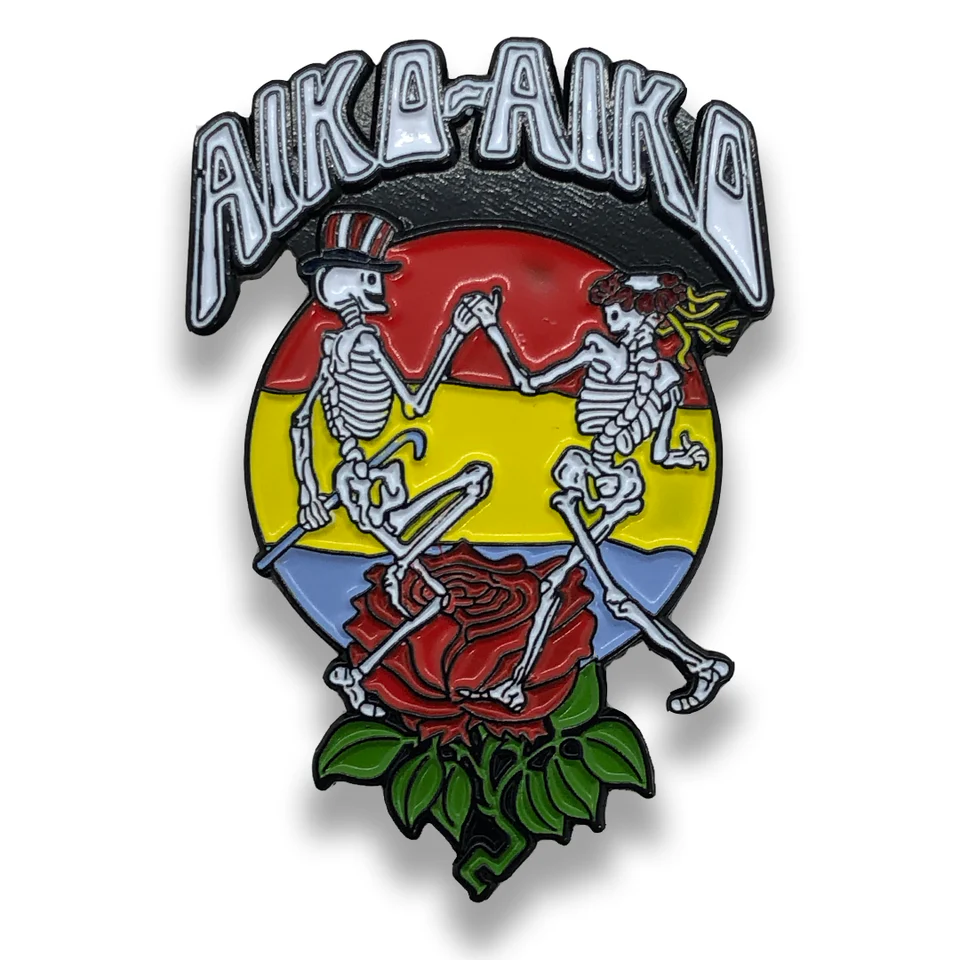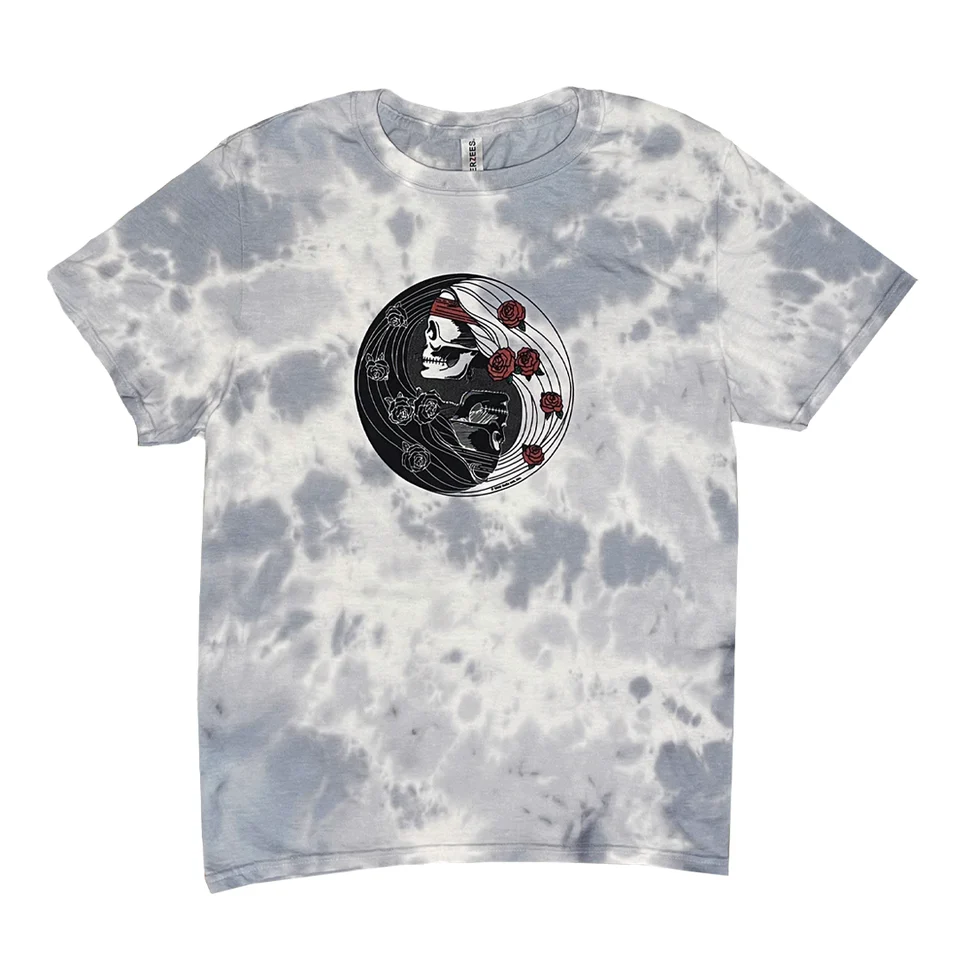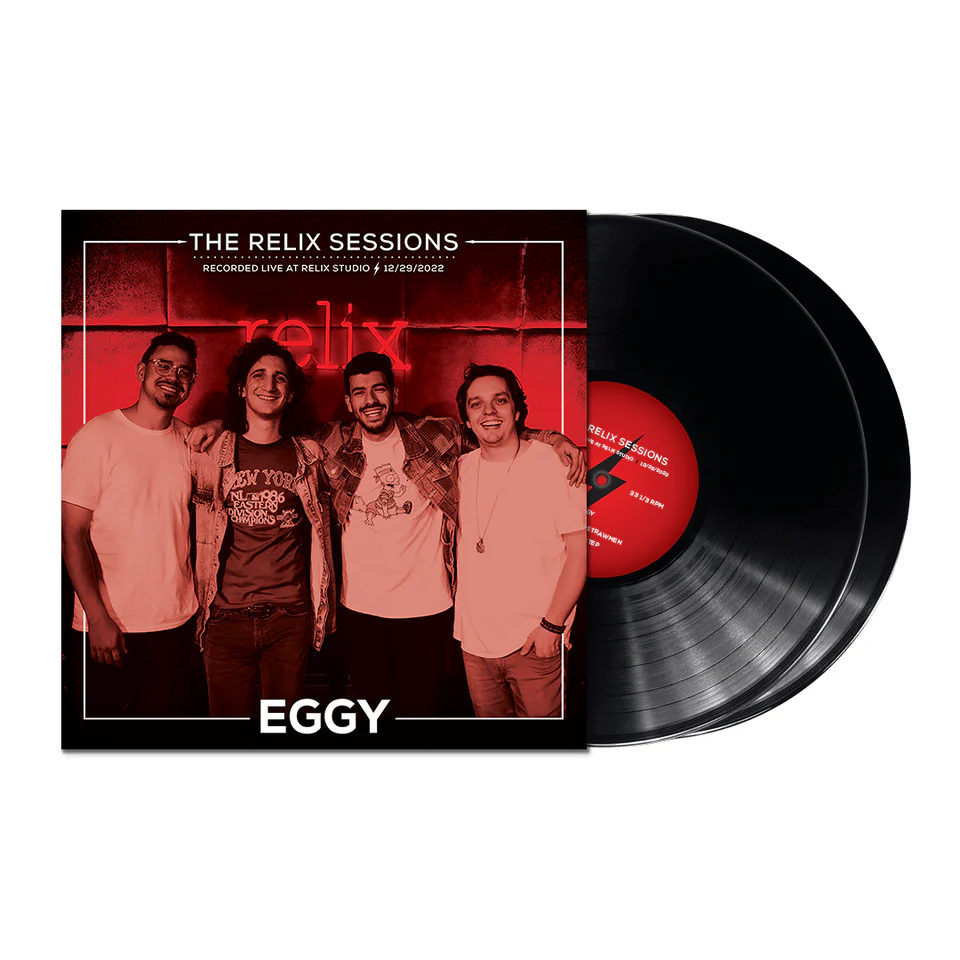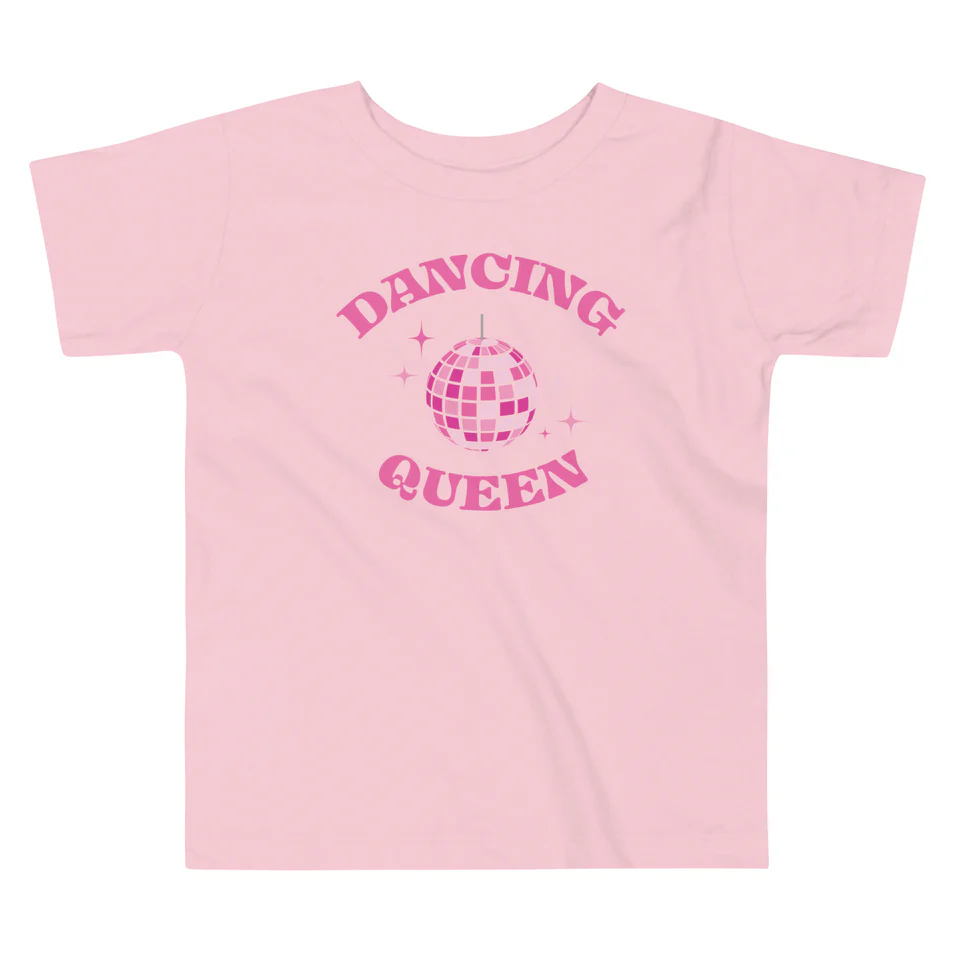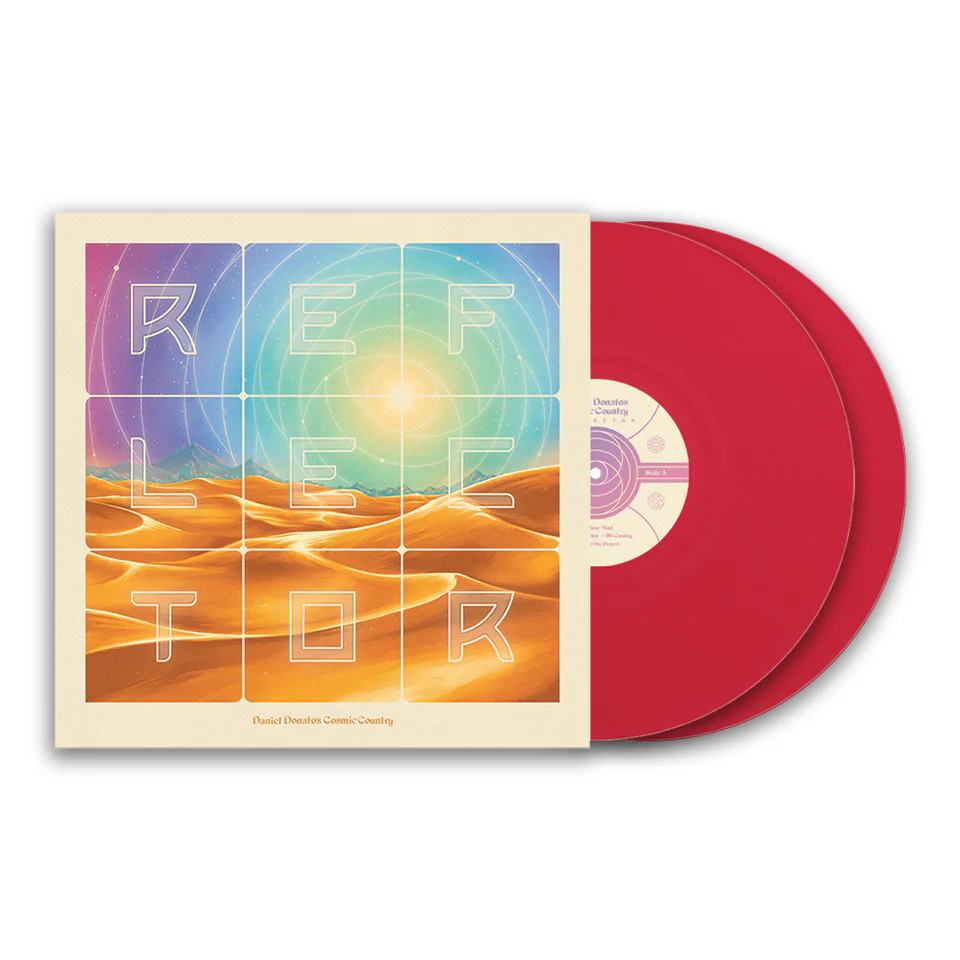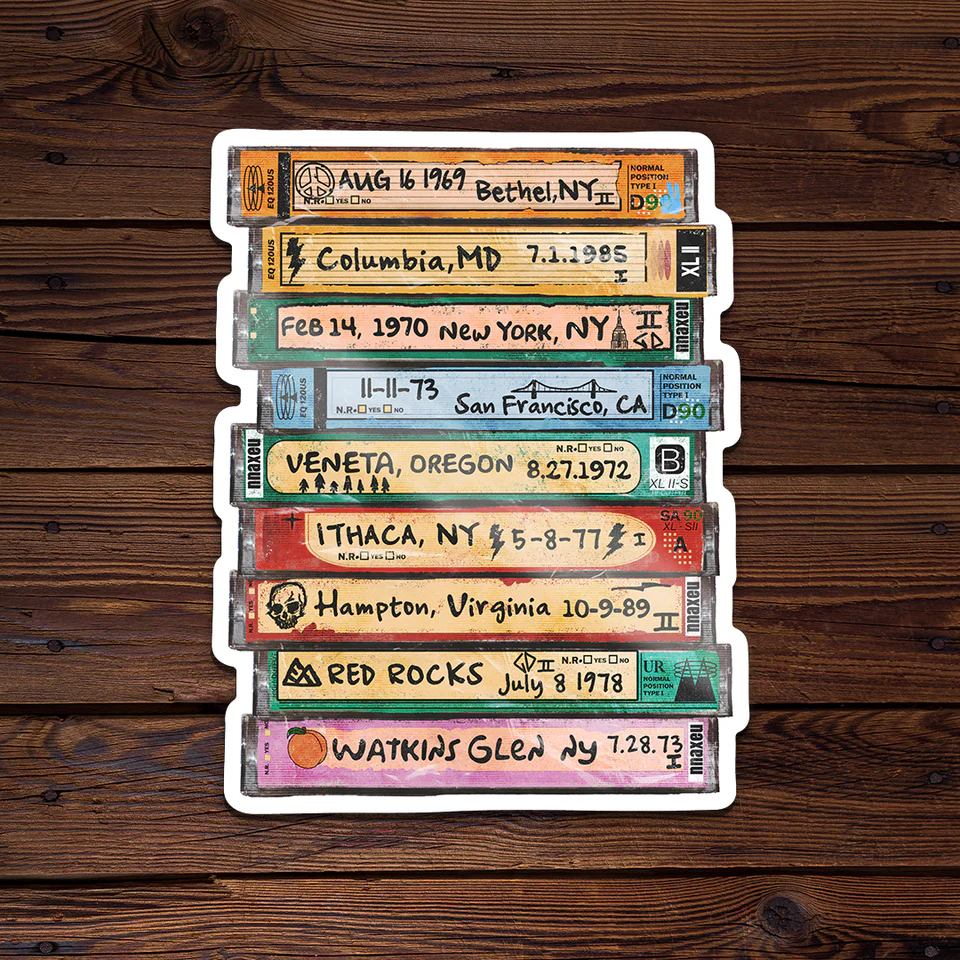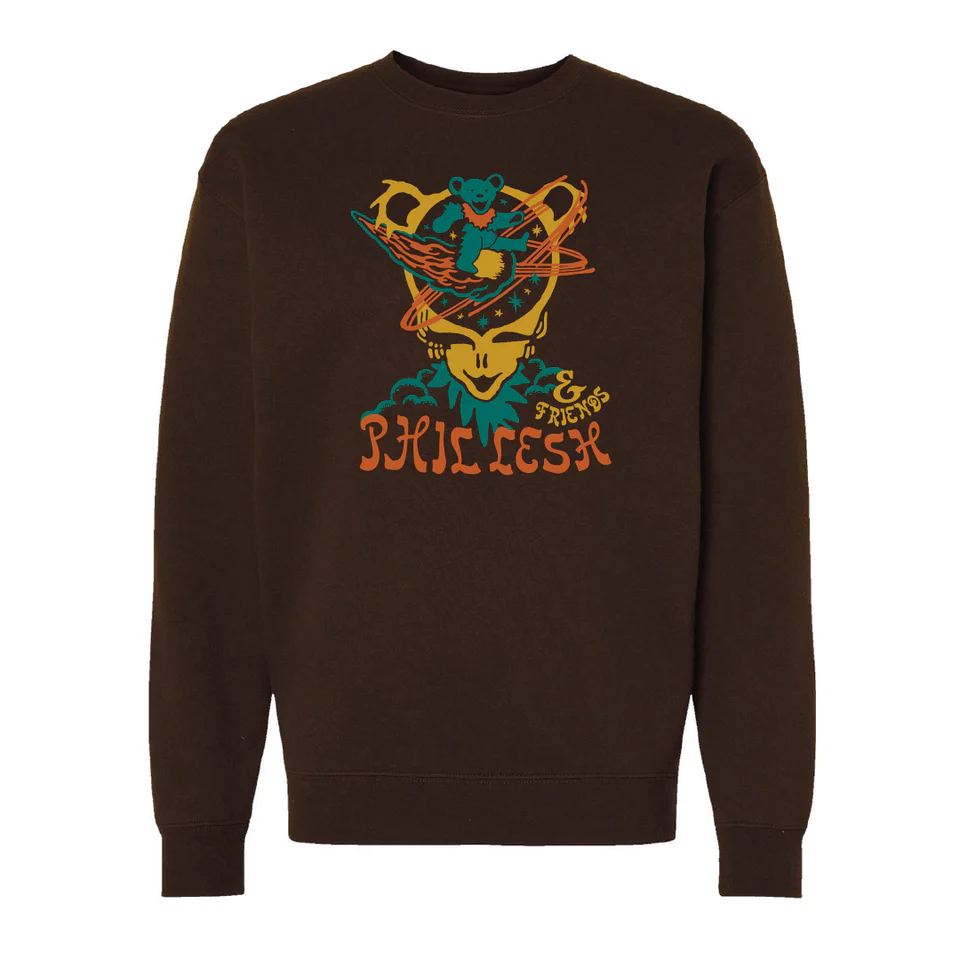Sturgill Simpson: Grass Roots Revival
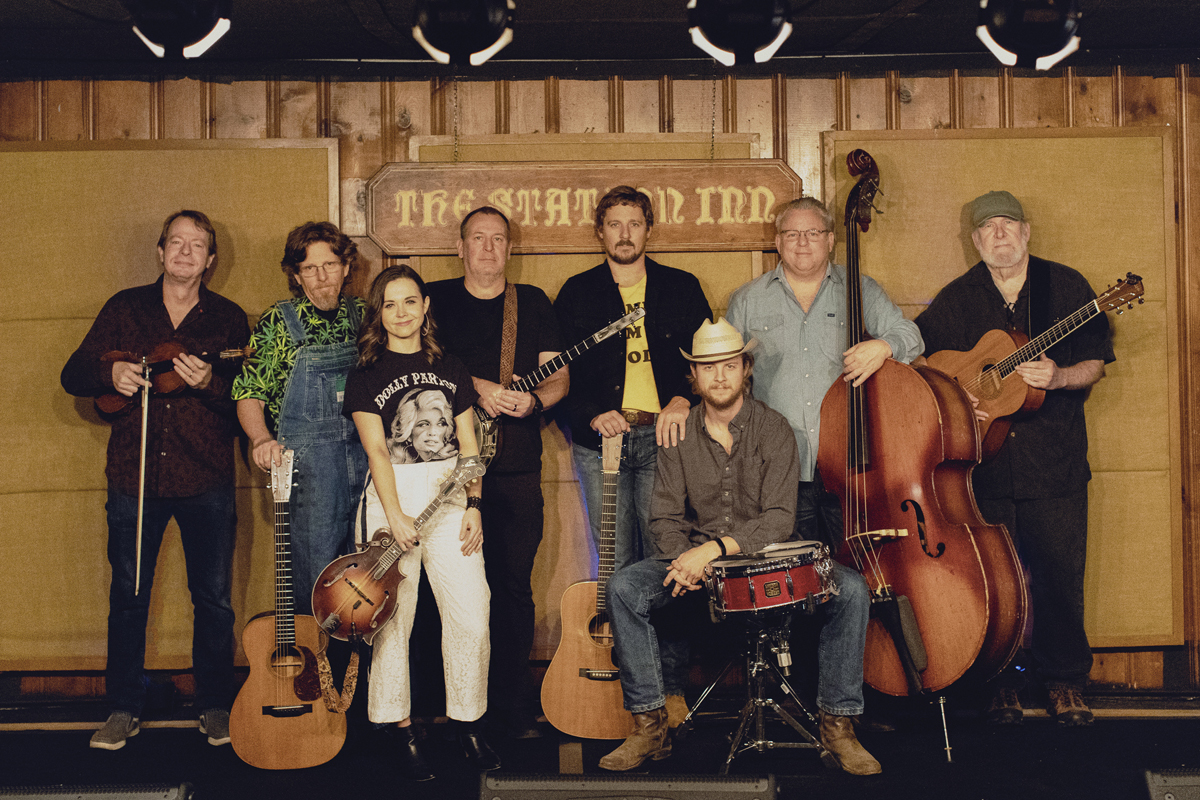
Stuart Duncan, Tim O’Brien, Sierra Hull, Scott Vestal, Sturgill Simpson, Miles Miller, Mike Bub, Mark Howard (photo credit: Semi Song)
***
“This album started in third grade.”
These are the opening words to the note that accompanied the mid-October release of Sturgill Simpson’s Cuttin’ Grass, Vol. 1. The record found Simpson teaming with an all-star collection of Nashville players to deliver bluegrass arrangements of his own material, with a particular focus on his first two albums, High Top Mountain (2013) and Metamodern Sounds in Country Music (2014).
Simpson explains that his paternal grandfather Ora “was sort of a bluegrass freak. He played a little mandolin and, after he retired, he’d travel around to bluegrass festivals in his motor home and make field recordings. He just lived and ate and breathed it, and every time he’d come to visit, he’d try to shove it down my throat. My palate wasn’t ready to absorb it at the time—I was probably still into The Monkees and, thanks to an older cousin, discovering bands like Cream and Led Zeppelin far too young. But, he would still sit me down and play me cassette tapes of live bluegrass. One night in my room, when he could sense me rejecting what I was hearing, he looked at me directly and said, ‘One day, it’s gonna get in ya, and it’ll never get out.’”
Ora Simpson proved prescient and receives a posthumous credit as the executive producer of Cuttin’ Grass, Vol. 2, the surprise drop that followed eight weeks after Vol 1. Simpson re-teamed with producer David “Ferg” Ferguson and again enlisted Sierra Hull (mandolin), Mike Bub (bass), Stuart Duncan (fiddle), Scott Vestal (banjo), Tim O’Brien (guitar), Mark Howard (guitar) and Miles Miller (percussion) for a deeper dive into his catalog. This time, the sessions drew heavily on Simpson’s third record, 2016’s A Sailor’s Guide to Earth, a soul-infused song cycle inspired by the birth of his son, which makes ample use of The Dap-Kings horns and received a Grammy for Best Country Album. The through line across all three records, which helped to facilitate the bluegrass treatment, is that Simpson originally wrote the material on a Martin HD-28 acoustic guitar.
The Cuttin’ Grass project was prompted by Simpson’s efforts to support some charitable endeavors following the Nashville tornado in March as well as the aftermath of COVID-19, which the musician himself contracted. His fans ultimately donated over a half-million dollars for MusiCares COVID-19 Relief, Equity Alliance Nashville Tornado Relief and the Special Forces Foundation. (Simpson is a Navy veteran.) In response, Simpson fulfilled a pledge to deliver a livestream from the Ryman Auditorium on June 5, offering a performance alongside the Cuttin’ Grass personnel, and debuting more than half of the 20 songs that would appear on Vol. 1.
The bluegrass albums also represent Simpson’s return to independent artist status; like his first two records, he released the recordings on his own label. Of course, Simpson has long asserted his independence, following up A Sailor’s Guide to Earth with 2019’s psychedelic synth-rager Sound & Fury (which is up for the Best Rock Album Grammy, making Simpson the first artist in that category who has also received a Best Country Album nomination). Simpson accompanied Sound & Fury with a 41-minute kaleidoscopic anime film directed by Junpei Mizusaki (Batman Ninja), enlisting other top animators to riff on cyberpunk, samurai and post-apocalyptic elements.
Meanwhile, over the past two years, Simpson has also produced records from Margo Price (That’s How Rumors Get Started), Tyler Childers (Country Squire) and Lucette (Deluxe Hotel Room).
All told, the musician frames his own creative goals in a manner that reflects the mindset of David Bowie: “He’s one of my heroes. How many times did he ‘derail his career’ because he tried to explore one fundamental question: ‘What am I feeling right now?’ Sometimes you have to hold that mirror up to yourself.”
You draw on your first few albums for the Cuttin’ Grass records. Did you consider recording bluegrass arrangements of the Sound & Fury material?
No, those songs were written from an entirely different approach, but I could probably sit down and record every one of the Sound & Fury songs on a country record. I used to joke around with the band, when we’d be backstage in the green room on this last tour, by playing “Mercury in Retrograde” like an Alan Jackson song. [Laughs.]
But no, I think Sound & Fury will always just be a standalone statement, in terms of what it represented personally and professionally at that time in my life. I was just trying to have fun with my band in the studio. It was really eye-opening for me because the experience helped me move beyond a lot of the industry-created expectations that artists can fall into, thinking we have to adhere to them. I wanted to make a record that felt right to me, even if confused or disappointed some people when they first heard it.
James Gadson, who has worked with Marvin Gaye, Bill Withers and Billy Preston, among so many others, is credited with “additional drums” on a couple of the tracks. At what point did he come into the process?
His contribution was a few years earlier when I had a false start on Sailor’s Guide. I did some sessions and we flew James out. It was just James Gadson in a studio by himself, playing the drums for about two days, and we recorded it all. I have a two-terabyte hard drive of James Gadson laying it down.
I’ve pulled from a lot of those stems because he’s got the most definite right foot on the planet. So when John Hill and I did the demos in Santa Monica, some of these songs started from drum loops that we carved out from eight or nine bars of these really good, fundamentally sound beats that he had recorded. Then we would either put more drums over the top of that or I’d put the tracks to them.
But James is a special dude. He’s just a cool cat. He was a session guy for some of the most notorious taskmasters that ever walked into the studio. I was trying to get him to give me some dirt because he’s a walking encyclopedia, but the guy was so radiantly positive. He didn’t have a bad word to say about anybody. He just said everything was an experience and every experience is good. I thought that was profound.
I used him again when we did this Margo Price record out in LA a year or two ago and, man, he’s just the consummate professional.
The film that accompanies Sound & Fury is eye-popping and hypnotic. You spent a period of time in Japan when you were in the Navy. Was that when you first experienced anime?
I was stationed in Japan in Yokosuka, and I also lived in Shibuya for a while, but we saw nearly all of Southeast Asia. I saw a lot of places that I probably would have never gone to otherwise, like Kuala Lumpur or Kuantan, Malaysia.
But being in Tokyo for a couple of years, as an 18-year-old kid from Kentucky—you might as well stick me in a spaceship and send me to another planet. It was the most mind-blowing cultural experience. While working on the film, my friend Shinsuke [Ochiai] told me that the era that I was there, in the ‘97-‘99 timeframe, was sort of a golden era in Tokyo. That’s when the melting-pot factor of the city hit its peak. So many people were there partying and having a great time.
I have dreams sometimes about those experiences because they were so vivid and colorful. I’d go get lost on the weekends. If I didn’t have duty on the ship, I’d just pack a backpack, hop on a train and say, “OK, I have this much money. When I’m close to running out, I’ll get on a train and come back to base.” Then I would walk around and discover manga shops and theaters playing anime or other movies. It was a really cool thing that happened in my life that I’m grateful for. The military was not for me, but traveling and those experiences I wouldn’t give back for anything.
During that era, Tokyo seemed like science fiction come to life.
It was Blade Runner. Everybody had these tiny Nokia cell phones. I’d never seen anything like that. I’d be walking through the subway and everybody had one and they’d all be ringing. Or, when I would go to malls, I’d head over to electronics sections to look at stereos and I couldn’t comprehend what I was even looking at. It was 10 years ahead of the rest of the world back then. It was like magic.
The film came about because I made this record and I was like, “This isn’t weird enough.” I was inspired to make the record by reading Macbeth and watching Akira Kurosawa films, if you had to whittle it down. I was high as hell on edibles, recovering from a sinus surgery. And I was just like, “I’m going to make a homage to Billy Gibbons and Eliminator, one of my favorite records when I was a kid. But I want to put a visual landscape to it because this is a visual age.”
Then, I somehow managed to talk the record label into not only letting me do it, but also having them pay for it, knowing full well that they had no idea how they were going to try and market this thing. I guess they thought I was going to make country records when they signed me but nobody said, “No.”
So I decided, “I’m going to spend the next few years working on this thing because all I care about is making this movie with these songs.” That really became the focus, as opposed to: “How’s this going to land?” or “How’s the tour going to go?”
Had you completed the record by the time that the animators began working on the film?
The album was finished and I took it as a completed project to the animators. Originally, the meetings were about doing one video. That’s when Junpei Mizusaki, somebody who was used to working for studio heads and not having career control, listened to the music, read the translated lyrics and immediately said, “I know exactly what you’re talking about; I feel this way too. I’ll do this for free. I want to do the whole album.”
We had no idea what that would cost or how long it would take. But Hiroki [Takeuchi], our producer said, “This is sort of a dream project—an American rock-and-roll record. You’re an American cowboy dude with a Grammy, so it’s going to bring eyeballs to our world.”
Then, he called all his drinking buddies who happened to be four or five of the most legendary animators in Japan. Everybody just jumped in and I was like, “Well, this escalated quickly.” [Laughs.] Then, having lived there and having understood the culture a little bit, I knew that, for this to work properly, I was going to have to show up. They needed to see my passion and involvement. So I made way more trips than I probably needed, just to let them know that their work was appreciated.
I would be in meetings at all the studios and I’d be sitting there with guys like Michael Arias, who invented the software James Cameron used to make Avatar. I was like, “I’m trying to give this guy creative ideas? What am I doing?” So I told them, “The music’s there; I hired you guys to do what you do.” When I told them that, I could see the light bulbs go off: “Wait a minute—we can do what we want?”
For instance, when we discussed the dance sequence in “A Good Look,” I said, ‘I want to pay homage my favorite Takeshi Kitano film Zatoichi,’ in which there’s a scene where, after he slays this evil warlord, the townspeople do a traditional celebratory dance. I was like, “I want to recreate that dance, step by step, but you can do whatever you want with it.” So Junpei hired a traditional Japanese dancer to do the dance, they motion-captured it and then animated to that. Then when I came back to see what they’d done, it was a bunch of geishas with pasties and dudes with gimp masks. I was like, “Approved! This is amazing!”
Like the film, I think the album merits a listen from start to finish. It feels like a complete statement in its own right.
That’s what we were hoping for when I holed up with my touring band in this little motel in the middle of nowhere in Waterford, Mich. We worked 18 hours a day in a cloud of marijuana smoke and had the best time because there was nobody in there but us. We had all this old music gear and kept trying things out without really stopping to think, “Is this a good idea?”
In the end, we made something that sounded good to us and I managed to get out a version of whatever I heard in my head after that surgery. When I listened back to the mixes, I said to the guys: “I don’t know if this is good, but I do know I have never heard this before. And that to me is a good thing. So I guess this is the record.”
It’s an antiquated business model. Careers are now made on Spotify playlist singles, but I want to make albums.
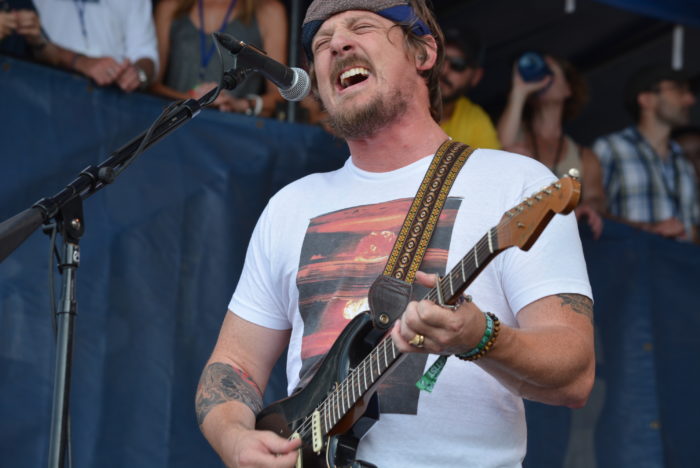
You mentioned working with James Gadson on the Margo Price album you produced. I’m curious about what you hoped to bring out in Margo and what you took away from those sessions?
I’ve known Margo for a while. We both sort of landed in Nashville around the same time and we have a bunch of mutual friends. I’ve seen her go through various phases and frustrations in her own right while trying to land on her feet in the music business. I thought that the previous records that she made were good, but I’ve never heard anybody capture what I’ve heard her do with her voice onstage—or in kitchens or in garages with her buddies. I couldn’t hear her reaching that place of comfort that I knew she was capable of on a microphone.
Then, when we made this record, she was seven or eight months pregnant. I have three kids so I know how hard it is for a woman to breathe when she’s seven or eight months pregnant. But I thought Margo sang her ass off. I think she’s got a lot of fight in her. She’s had a really hard life, and I have always felt a very symbiotic connection to her in that way.
We just tried to surround her with really great musicians so that we weren’t going back and fixing somebody else’s stuff. I wanted to create a vibe and energy where she felt free and confident enough to do her best. I think if the producer’s job is anything, it’s that. Nobody’s telling Pino Palladino what to play on the bass or telling James Gadson how to play drums. You’re really there to create a comfortable and efficient environment. Then, I guess you stand on everybody’s shoulders and say, “Look what I did!” [Laughs.]
You take away something from every project, from anybody you work with, especially the first time. I probably brought things into the session that I had learned either on my own—or from people like Ferg —about how to get myself comfortable. And then I applied that to her.
As a singer, the first obstacle you have to overcome in a studio is the headphones because you’re plugging up your ears, you’re plugging up the way your body feels vibrations in your throat. Then, you’re anticipating things because you’re hearing them almost before or after they actually happened. I learned, two records ago, that I can’t use headphones in a studio. We had to devise a way where I could be in the room while controlling the volume and bleed, where I could sing naturally—with just a small speaker in front of me feeding things back to me. I did the same thing with Margo and, immediately, she came alive. I was like, “OK, well, there’s a reason why Frank Sinatra sang in the room with the orchestra.”
I think that we’ve all gotten so used to maximum separation and isolation and eliminating all the mistakes and the warts, which is disastrous. Some of my favorite things about old Led Zeppelin records are the mistakes or the ghost notes you hear, where they punched something in and a prior vocal take is still there in the echo because the drum mics picked it up. You have these ominous mystical sounds that are unintentional but, in the end, they’re a part of what makes it so special.
So was that your charge when you entered the studio to record Vol. 1 of Cutting Grass?
That was the only thing Ferg and I talked about because Ferg knows bluegrass about as good as anybody on the planet. We decided that bluegrass is not immune to what I was just talking about. Some of those guys can be the biggest perfectionists on the planet, so on a lot of the recordings in the last 20 years they have Pro Tool-ed the soul right out of it. So we told everyone: “Look, we’re going to sit in a circle, there might be second and third takes but probably not.” We’d get the form down, they’re all geniuses and I don’t write complex songs—there’s three, maybe four chords in them. Then it was just completely off the floor and live.
To me, the most fun part about making those records was just being in the room. I felt so confident having that level of musicianship moving underneath me because that makes it very easy to strum my guitar and sing. That’s the easiest way I can describe it. We didn’t go back and punch solos or anything— whatever they played is what you hear on the record.
Do you remember the first song that you recorded?
It was “Sitting Here Without You.” I only know that because, when I first listened back to the record when we were mixing it, I could tell that I was trying to find my footing. I wasn’t totally stoked on that recording but, with each song, it became more open and free. Then, 20 songs later, we all knew each other and had our legs and it felt like a unit.
So when we went back in for Vol. 2, it was even easier. I understood what my job was in terms of presenting these reimagined compositions. I needed to let them do their thing. But also I knew that, whatever the challenge might be, I could do anything with this band. So I brought in all the songs that I had previously thought either wouldn’t work—or that I didn’t want to waste everyone’s time trying to figure out how to make it work—when we were in there cutting Vol. 1. Everything was just going so fast.
How did you introduce the songs to all of the other musicians?
Typically, we’d play the previously recorded versions, just so that they had an idea of what the song felt like and what the story was about, but then I’d tell everybody: “Just know that we’re not going to play it like that and you don’t have to.” Or I would sit down with an acoustic guitar and play a very condensed, bare-bones version of the song. Then, we’d just go out and Ferg would roll tape.
Cuttin’ Grass, Vol. 1 was the first time where I felt, “OK, I don’t have to make an album. This is really just a mixtape of my catalog.” So when Richard Dodd sent us the master file, I hadn’t given him a sequence. He was mastering individual tracks and the files came back to me in alphabetical order. That’s how I listened to it. So in trying to let go of things, I just submitted that as the sequence. [Laughs.]
Whereas with Vol. 2 I was like, “OK, this is 12 songs and 40 minutes long. It really needs to have more of a constructive flow to it.”
When you were playing the original recorded versions to everyone, it seems like the songs on High Top or Metamodern might be a bit easier to absorb than the material on Sailor’s Guide in terms of creating parts and coloring in the lines. Did you find that to be the case?
There was more time spent during the Vol. 2 sessions thinking about segments or getting from here to there. But beyond that, at times, I would sing a verse and then sit back to let them stretch out. They’d all be kind of looking at me like, “Oh, OK, he’s letting us run.” That’s where a lot of those more extended improvisational sections came from.
It was important that there was some sense of structure, but they could find that in the way I recorded those songs. I didn’t want to go tweaking things around too much because then you sort of lose the narrative.
Is there a song on Vol. 2. that proved particularly challenging or satisfying?
I was really happy with the way “Hero” turned out. “Oh Sarah” was how I always heard that song in my head, although we did this Elvis thing on Sailor’s Guide with it. I was also really stoked on “Call to Arms”—that was the first take. The energy and rawness sounded to me a lot like some of my favorite classic bluegrass recordings, in terms of intensity. I was also really happy with how “Tennessee” turned out.
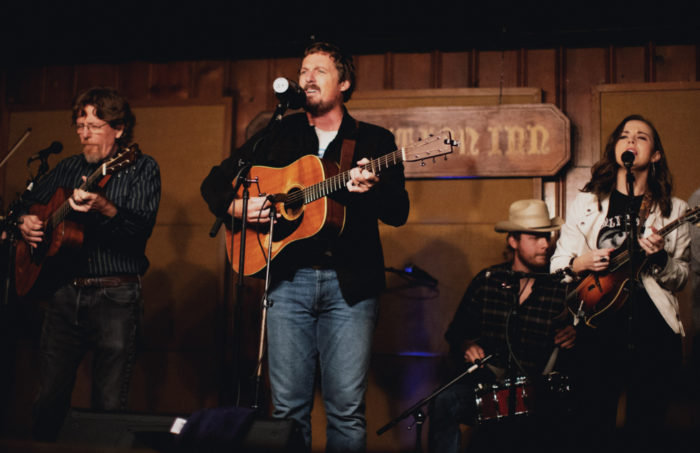
“Tennessee” is one of two previously unreleased originals on Vol. 2. What led you to record it in this setting?
I’ve got a lot of stuff that I’ve been sitting on for probably 15 years and, for one reason or another, those songs didn’t make the cut during the other sessions. I just didn’t feel that confident about them. But with that one, I was like, “Why haven’t I cut this?” It’s so simple and pretty. The songs that always scare me or give me the most hesitation are the ones that are the most personal and revealing, for lack of a better term. You’re sort of opening your diary up to the world.
Another great thing about making these two records is that I’ve learned how to step away a bit after it’s done. I wasn’t even there when Ferg mixed them. I think back to the other records I’ve made where I was looming over the console, like driving in a rainstorm the whole time. But if you surround yourself with good people who you trust and who know you, then it eliminates all the second-guessing and the stress. That way, I can just go home and be a dad and turn it all off. I’ve learned that for me to sustain any type of long-term career in this business, I’m just going to have to turn it all off because so much of it is just static.
The last song on the record, “Hobo Cartoon” is a co-write with Merle Haggard. He sent you those lyrics “from one railroad man to another.” After you left the Navy, you spent a number of years working for railroads. Do you think that sound is entwined within your music or bluegrass in general?
Having worked on a railroad—and stood next to and ridden on and driven trains going very fast—I can tell you that they create a pulsing mechanical rhythm that is almost identical to the sound of a mandolin chop on properly played up-tempo bluegrass. I think there’s a reason that there are so many train songs in bluegrass for sure. The power and intensity of it is something I’ve always strived for, no matter what I’m playing, especially onstage. I like things that go fast.
The lyrics of that song reference “the great Jimmie Rodgers.” When you released Sailor’s Guide, and some people were taken aback by the horns, I actually thought of Jimmie Rodgers recording with Louis Armstrong in the 1930s.
Yeah, I got so much slack on the horns from all the derps who were like, “Man, there’s no horns in country.” I’m like, “Tell that to Merle Haggard, that’s who I stole it from. Or Jimmie Rodgers. Or Lefty Frizzell, who made jazz records.”
Merle was a very serious musician; he was a bandleader and a complex musician. He wasn’t just a country singer. Getting to watch him run soundcheck with his band was probably one of the coolest experiences of my life because I realized: Not only is he hearing everything, but his understanding of it all and his musicality cannot be understated.
You’ve noted that after your paternal grandfather retired, he’d travel to bluegrass festivals in his motor home. Did you ever accompany him? Those events are unlike any other fests because it seems like everyone who attends also brings an instrument.
I only went to one festival with him, but I’ve been to bluegrass festivals in my life and there is a cultural experience in that world that is extremely unique and singular. Nobody goes to Coachella and wades through an ocean of cars with people out there playing all the songs by the people they’re about to go watch.
In the ‘60s, that might have been even more predominant but, now, it’s a real community where nobody’s fancy and nobody’s too good for anything. Like if you go to the IBMA Awards, you can walk through the hotel and there’s room after room of open doors. You can just sit there, watch all your heroes play music and hang out with them. I also think of Bill Monroe standing outside putting up the tent with everyone. It’s a community and, like any other form of music born from poverty, it’s really about celebrating the struggle of life together.
That collective aspect is embodied by Cuttin’ Grass, which was prompted by your fans’ charitable contributions. Not only that, but you’ve been able to release the music in relatively short order after you recorded it.
I just love the fact that we recorded this record in early November and put it out three weeks later. This way, my mind is still in that headspace creatively. I’m getting to see the fans react while I’m still excited about that music. Due to the mechanics of the music industry, with all the market strategies and whatnot, it can often take a year-and-a-half or more for a record to come out. So creatively, as an artist, you’re prevented from moving on a natural timeline because, 18 months after you cut a record, then it’s time to go play shows. It made more sense back in the day when if they cut a record, it came out two weeks later. They’d press the vinyl and ship it to radio. It was a much more linear process.
That was the most frustrating part of my experience in the label world: I’d think to myself, “Why is this taking so long?” But David Macias at Thirty Tigers [the company that serves as the distributor for Cuttin’ Grass] didn’t flinch when I said that I wanted to put out Vol. 2 the same day that Vol. 1 vinyl hit the street. I’m not chasing a Billboard No. 1 where you have to get all the pre-sales to land at that number one spot. So if the vinyl for Vol. 2 doesn’t come out until April, then that’s fine. The fans have the music now, which is really all they want. And I think fans are so smart—they don’t need to be fed some constructed narrative. They just want the music, man.
Meanwhile, I’m already pretty much done writing my next record now.
When you go in and record another studio album, will you do so at a similar pace as Cuttin’ Grass?
No, I’m gonna take my sweet-ass time on this one because I’m pretty sure I’m about to make my opus and then bow out and vaporize like Houdini.
I’ve put out three records in about a year, so I feel like I owe myself and the music a little space to really hunker down with the subject matter. That’s really all I can say, but I’m going to take my time because, for so many reasons, I finally have the time. That’s the bittersweet thing. What monumentally has been the shittiest, strangest, most surreal year of my lifetime has also been the most gratifying and greatest year of my career.
You’ve said that you’re approaching your recording career with a five-album plan. Sound & Fury was the fourth, and the Cuttin’ Grass sessions you view as something slightly different. So with that fifth album on the horizon, do you have specific plans or expectations for what you’ll do next, akin to Captain Beefheart becoming a painter?
I’ve got a lot of plans. There are a lot of things I’m interested in and that I really enjoy outside of music. I love music but it’s a release for me, it’s catharsis. I learned at a young age to use it as an escape. So when I’m not feeling that I need that escape, then I’m in a very happy place. It’s good to step away sometimes and just live life. There are a lot of other things that I’m really into and that I want to pursue and get better at. And, to do that, I need time to study. Honestly, man, nobody in my family has ever graduated from college. At some point in my life, I would like to go to school and get a degree. I feel like that would make me feel very good and accomplished in some regard.
As someone with a Ph.D. in history who still does some teaching, I can get behind that.
History is fascinating—that could be interesting—or sociology, which was my favorite class in high school. Social dynamics and constructs and hegemonic structures are things that really fascinate me. That was sort of what the animated film was all about if I had to put a narrative on it.
At a certain point, I don’t want to say I’ll never make another record, but this five-album narrative was really clear when I moved to Nashville. My wife really helped me carve that out, in terms of how to go about the beginning, middle and end for each chapter. But then after that, I am not sure. I love the studio. I like sleeping in my bed. I like seeing other people succeed. And I really love helping other people succeed—people like Tyler or Margo or Lucette or anybody else who would be willing to work with me. I can’t think of any other greater way to use the knowledge or experience—or whatever you want to call it—that I’ve gained from the last seven or eight years, then by helping other people who I’m already impressed with make more music that will improve the musical landscape, as opposed to just 20 more Sturgill records.
The Cuttin’ Grass records look back on your career and even your life in a certain way. Do you think that bluegrass, as a form, is inherently nostalgic?
After I got out of the Navy, I came home and I heard a song on the radio—a very old, sad lamenting bluegrass song by the Monroe Brothers, and it just destroyed me, man. It was like, “Oh, this sounds like home.” It sounded like the life I had lived as a kid. That’s what I felt—all those inflections and the notes just reminded me of the funerals I went to and the concerts I attended on Labor Day growing up. I almost immediately started writing songs like that, and it came easier than anything ever had. I’d found myself, I guess.
I think Americans, on the whole, are sort of obsessed with nostalgia to a point where we romanticize things that never actually happened, the way we now look back and see them. But, for me, I don’t spend a lot of time on nostalgia. I like history. I like the reality of it. So—even though this music reminds me so much of my life 35 years ago—when I’m recording it now, I’m trying to do things to make it feel like it could have been recorded in 1972 or it could have been recorded in 2032.
JF21: Dean Budnick


